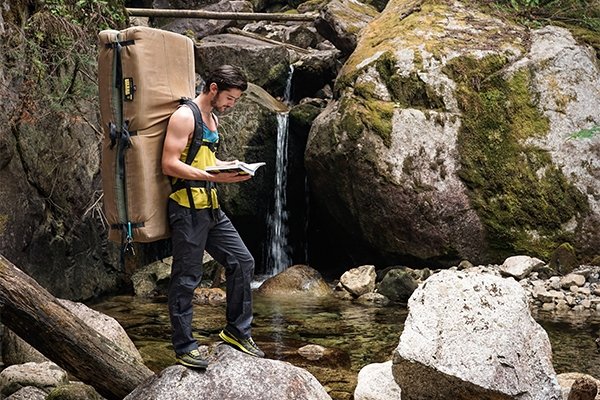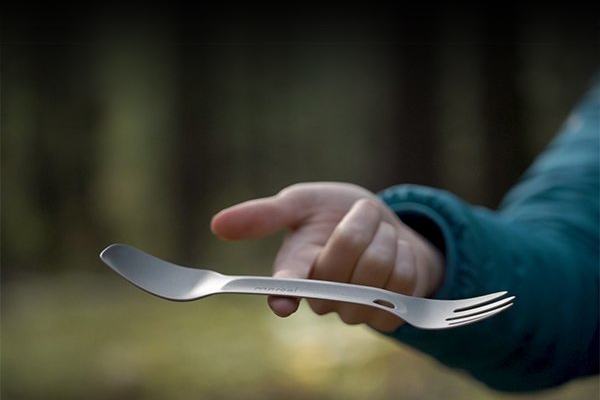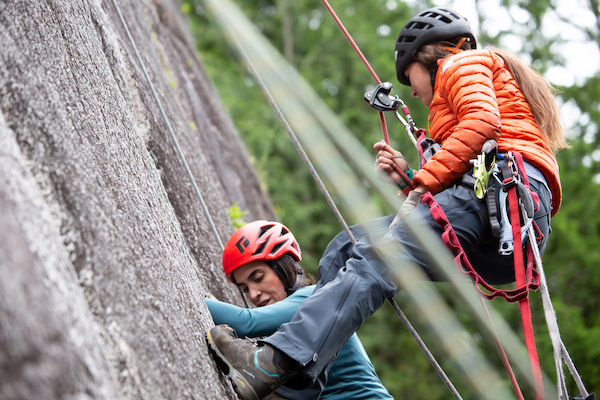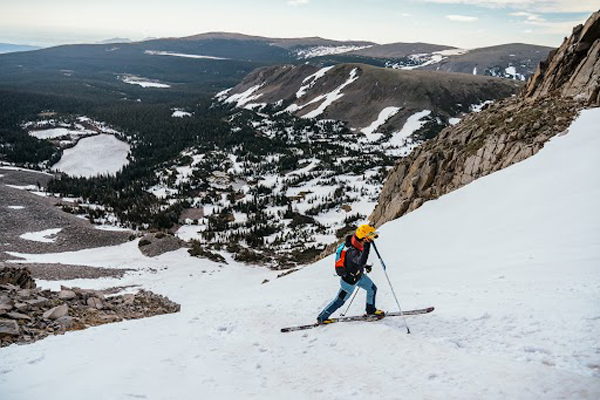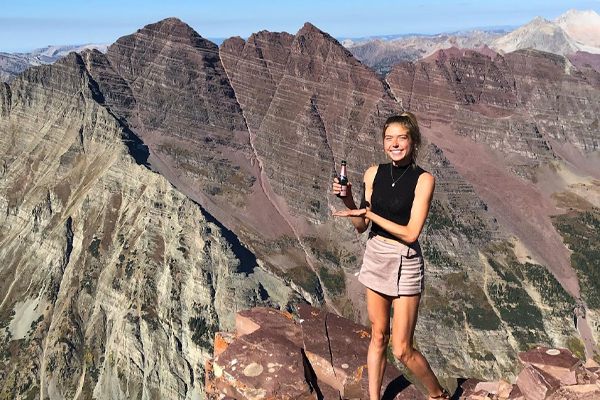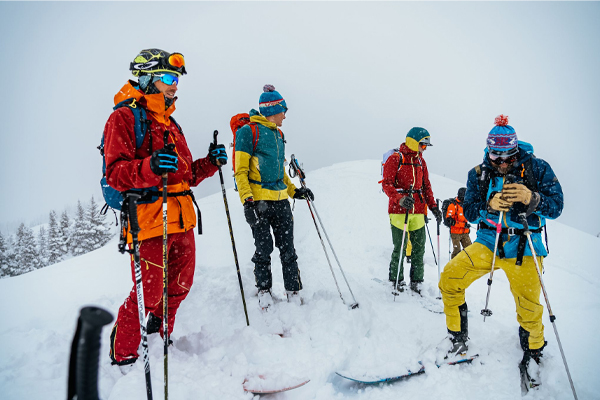My Sportivas - Mountain Running® Edition
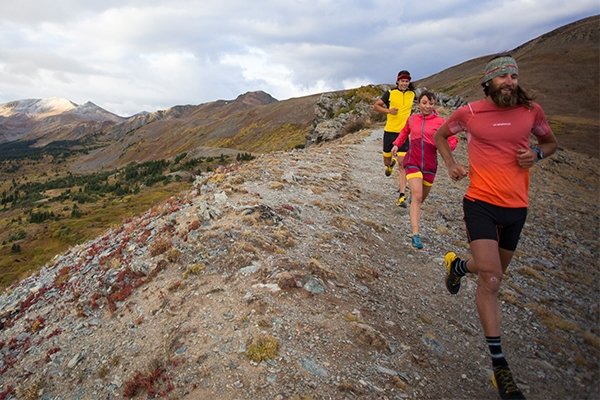
La Sportiva Mountain Running® athletes review what makes their go-to shoes great for tackling trails.
- - -
Nico Barraza
My Sportivas: La Sportiva Mutant
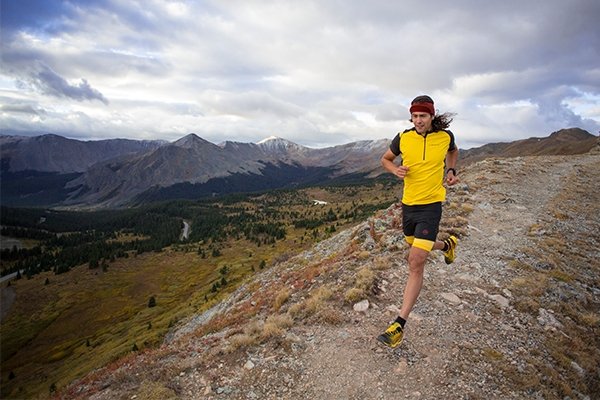
What do you look for in a Mountain Running shoe (drop, stack height, fit, rigidity vs. flexibility, etc.,)?
Mountain Running ® is evolving and so is the gear. I look for a soft and nimble shoe, simulataneously light and protective. Fit should always be comfortable, providing enough room around the toes and forefoot to not effect gait or loose toe nails. I think ideal training drop is 8-10mm and ideal racing drop is 4-6mm. For stack height I like 23-24mm in the front and 27-29mm in the rear.
What specific features make this shoe your go-to Mountain Runner?
The Mutant has great grip and provides protection against sharp rocks and the elements while out for a technical run in the mountains.
What is the ideal terrain and distance for this shoe? How many miles can you usually get out a pair?
I'd say the Mutant is equipped for shorter mountain races up to 50km, depending on terrain. It is definitely a hefty and dense shoe, so I would only race in the Mutants if the terrain was very technical. I'd say a pair would last 300+ miles.
Tell us about a great adventure you’ve had in these shoes.
The Mutants and I have scrambled a handful of prominent peaks and we've run miles all over Northern Arizona. Running to the highest point in AZ (Mt. Humphrey's) is an adventure I’ve frequently done wearing the Mutant.
Kristina Pattison
My Sportivas: La Sportiva Bushido
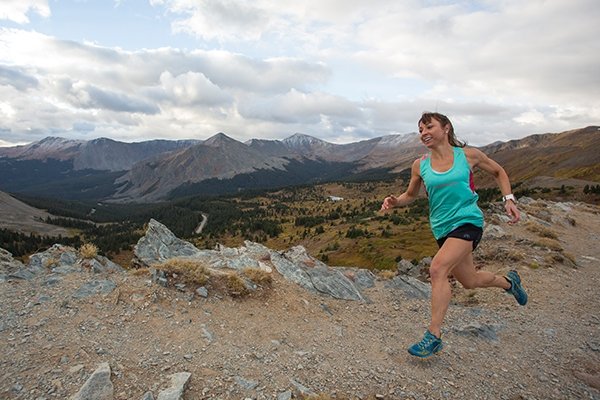
What do you look for in a Mountain Running shoe (drop, stack height, fit, rigidity vs. flexibility, etc.,)?
When looking for a Mountain Running® shoe, the first feature I consider is fit. If the shoe is uncomfortable you won't last long, no matter how good it looks. The volume of the toe box is essential in keeping your toes from being crammed on descents or catching your stride on rocks or roots. The snugness and stiffness of the rear and mid foot are important for keeping your foot locked into its natural position. A sloppy shoe will wear quickly, sometimes even accentuating mechanical deficiencies of the foot/ankle or cause debilitating blisters.
After fit, I look to the sole. If the tread is aggressive and sticky, you’ll be able to hammer descents and stick your stride on smooth rocks. Extra features like a sole flange—when the sole under the forefoot splays out for stability—or a raised heel, aren’t necessary, and sometimes will contribute to injuries like inversion ankle sprains. The ideal stiffness of the sole depends on a runner's preferred terrain, distance, and natural foot flexibility. A person with a more flexible foot— a flatter arch or more pronation during stance phase of gait—may benefit from a stiffer sole to help facilitate earlier supination of the foot during windlass mechanism of push off. If the ground surface is rocky and slippery, however, a stiffer sole may be less forgiving and lead to falls and hyperextension injuries of the knee including hamstring strains.
What specific features make this shoe your go-to Mountain Runner?
The Bushido is my go-to Mountain Running ® shoe for shorter distances—less than a marathon—on aggressive, punchy, mountainous terrain. The shoe fits perfectly out of the box, with a moderately stiff heel, snug and supportive midfoot, and flexible forefoot that conforms perfectly to my foot. The sole is stiff enough to grind up steeps without loss of energy, and the aggressive tread makes me feel confident during fast, hairy descents. The breathable, tight knit upper works well in hot, dry conditions.
What is the ideal terrain and distance for this shoe? How many miles can you usually get out a pair?
The Bushido is a great shoe for technical mountain runs up to 50km—like the uber techy Rut 50km in Montana. I also wore the Bushidos for the relatively runnable Transvulcania 75km Skyrunning race in the Canary Islands with good result. It will handle rocky, rooty, slippery, or sandy terrain like a dog’s paw, and has the teeth to grip on some scrambles. These shoes will last more than 300-400 miles if you’re lightweight and running on smoother surfaces, but on sharper terrain may need to be replaced sooner to ensure the lugs on the soles remain toothy for optimum traction.
Tell us about a great adventure you’ve had in these shoes.
In 2016, I wore the Bushido while competing for Team USA at the World Mountain Running Championships in Podbro, Slovenia, where I had the fortunate opportunity to compete with La Sportiva teammate Maria Dalzot—the US Trail Half Marathon Champion. I bought the shoes in Cortina, Italy at the base of the Dolomites before driving through Austria to Slovenia's Julian Alps. The marathon distance course is notoriously rocky with early season leaf litter covering slippery roots. The trails included some 9,000ft of steep gains and punishing descents, while being hammered with heavy rain. Because of the short distance and need for an aggressive tread (I’d worn out my Mutants at an ultra in Portugal the week before), I opted for the Bushido. By race day, I’d run only about 6 miles in the shoes, but spent a fun day without falls, injury, or blisters. Like any good shoe, I didn’t think about them once during the whole 5-hour adventure and was able wear them again the next day.
Anton Krupicka
My Sportivas: La Sportiva Akasha
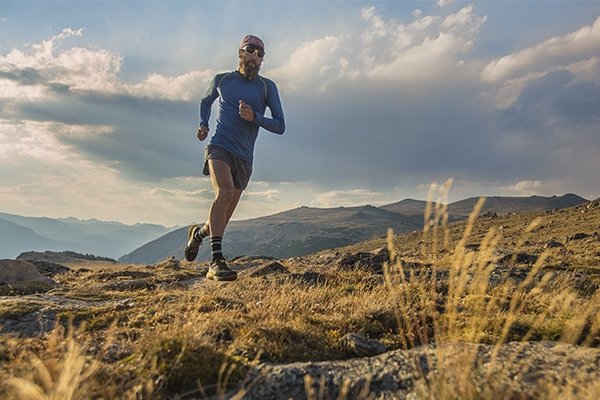
What do you look for in a Mountain Running shoe (drop, stack height, fit, rigidity vs. flexibility, etc.,)?
It really depends on the specific application. On some outings, I prioritize technical ability over all-day comfort and on others, vice versa. In general, I like a relatively rigid shoe with a low drop and mid-range stack height.
What specific features make this shoe your go-to Mountain Runner?
The lugs on the Akasha strike a nice middle ground between being aggressive enough to handle soft, loose, or off-trail footing, but they aren’t so high as to be inefficient on hard-pack or insecure while scrambling over rock. This versatility comes with it being one of the most comfortable shoes I’ve ever worn- a benefit of the overstuffed midsole cushioning and the roomy toebox.
What is the ideal terrain and distance for this shoe? How many miles can you usually get out a pair?
I think the Akasha’s versatility is part of what makes it so appealing; while it’s not the lightest or most nimble shoe, it is definitely well suited for longer distances, 50km to 100mi. In terms of terrain, I think it’s at home anywhere except on the most technical surfaces, where its high stack height could be a bit of a liability in terms of stability. Mileage on a shoe is dependent on so many factors, but I easily get 500 miles out of a pair of Akashas.
Tell us about a great adventure you’ve had in these shoes.
I’m a big fan of the Akasha as a hybrid running-approach shoe on remote alpine rock missions. For example, to climb the Diamond on Longs Peak car-to-car is a five mile and 4000’ approach to the route's base and the same distance on the way out, but with even more elevation loss on the descent. Because of its comfort and cushion, the Akasha handles this well. Additionally, approaching the Diamond requires crossing permanent snow and some technical scrambling. The Akasha’s sticky rubber and versatile lugs make it perfect for navigating those varied challenges.
Meredith Edwards
My Sportivas: La Sportiva Akyra
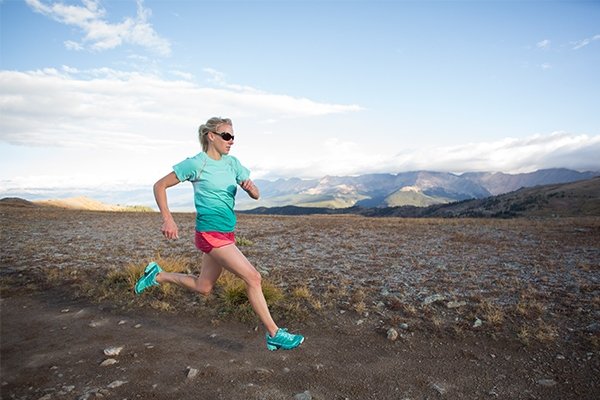
What do you look for in a Mountain Running shoe (drop, stack height, fit, rigidity vs. flexibility, etc.,)?
I look for a Mountain Running® shoe that fits my foot and is great for running both uphill and downhill. For me, a day in the mountains usually means lots of ups and downs. My feet can take a huge beating on the downs so I need a shoe that has enough space in the toe box.
What specific features make this shoe your go-to Mountain Runner?
The Akyra is a great Mountain Running® shoe for trail courses that involve a lot of rocky terrain. The rubber and tread provide great traction and are a perfect mix between a running and approach shoe; rigid when you want them to be but not so much that you sacrifice flexibility. These shoes prove to be very durable and provide lots of protection.
What is the ideal terrain and distance for this shoe? How many miles can you usually get out a pair?
This shoe is made for high alpine running mixed with moderate rock scrambling. I would say you can get out at least 400 miles per pair.
Tell us about a great adventure you’ve had in these shoes.
Last year I ran the Grand Teton in these shoes and loved it. I thought it was a great mix of running and scrambling. I love having a pair of shoes where I know I can run trail and then mix in lower class rock climbing and have the protection I need.
Maria Dalzot
My Sportivas: La Sportiva Akasha
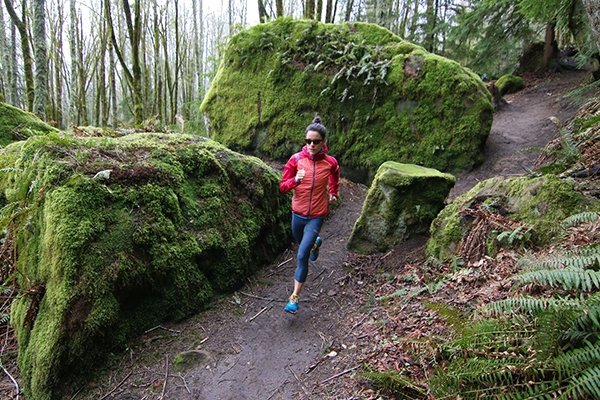
What do you look for in a Mountain Running shoe (drop, stack height, fit, rigidity vs. flexibility, etc.,)?
I like my Mountain Running® shoes to have a snug fit – I don’t want to feel sloppy in the shoe, especially on technical or downhill terrain. I like plenty of support and protection over long distances, without the shoe feeling clunky. I also want a shoe that is easy to tie and maintains the right tension over a run.
What specific features make this shoe your go-to Mountain Runner?
The Akasha encompasses all that I look for in a Mountain Running® shoe: protection against sharp rocks, cushion for long distances, and flexibility as it can be tied to my desired tightness. The Akasha is my go-to Mountain Runner because it transfers well across terrains. Most of my runs are a combination of technical trails, roads, and rail-trails. The Akasha is comfortable on short road stints which is great for when you get lost on the trails and have to use the roads to run back to your car.
What is the ideal terrain and distance for this shoe? How many miles can you usually get out a pair?
The ideal terrain for this shoe is dry, dusty trails that are not super technical. The Akasha is not for wet, muddy, and sloppy conditions that require a strong grip. I can usually get about 400 miles out of the Akasha before starting to see wear and tear.
Tell us about a great adventure you’ve had in these shoes.
Because the Akasha is my go-to Mountain Runner, I have had good days, bad days, life-changing days, and character-building days. One of the many things that makes our sport so addicting is that any run or race can turn into an adventure. Luckily, with the Akasha I will be ready for whatever the trail has in store.
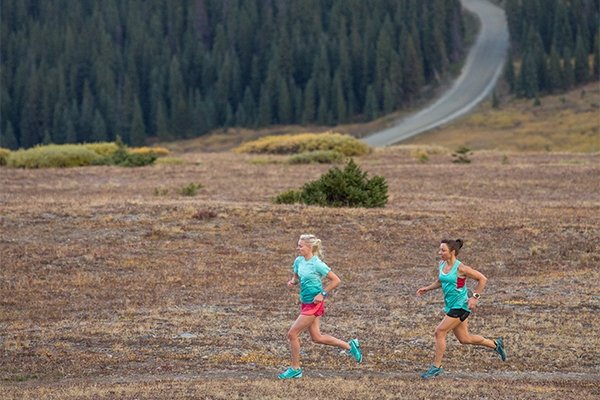
Preview & Photos 1, 2, 4 & 6: ©Joel Wolpert
Photo 3: ©Damiano Levati
Photo 5: ©Tad Davis

